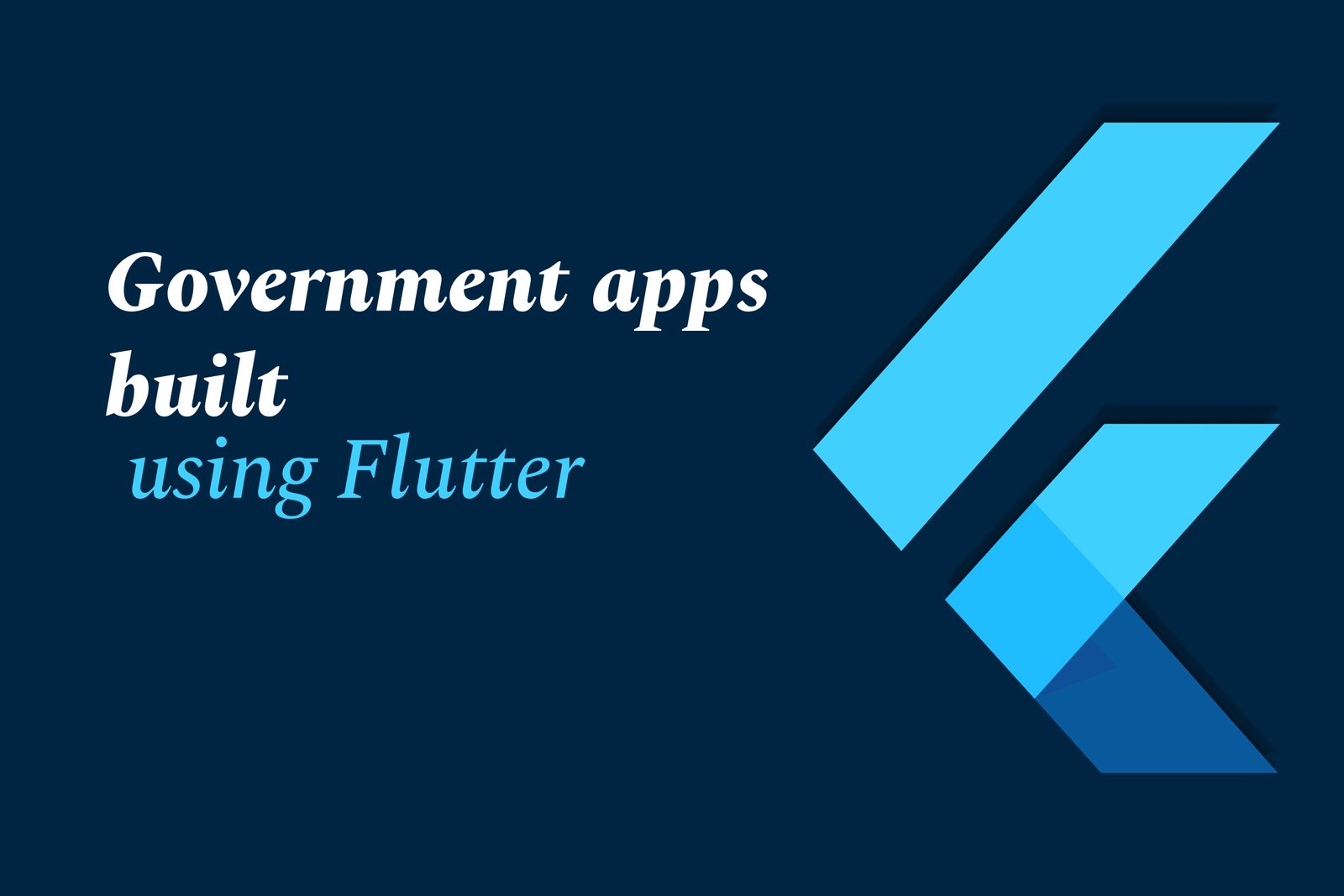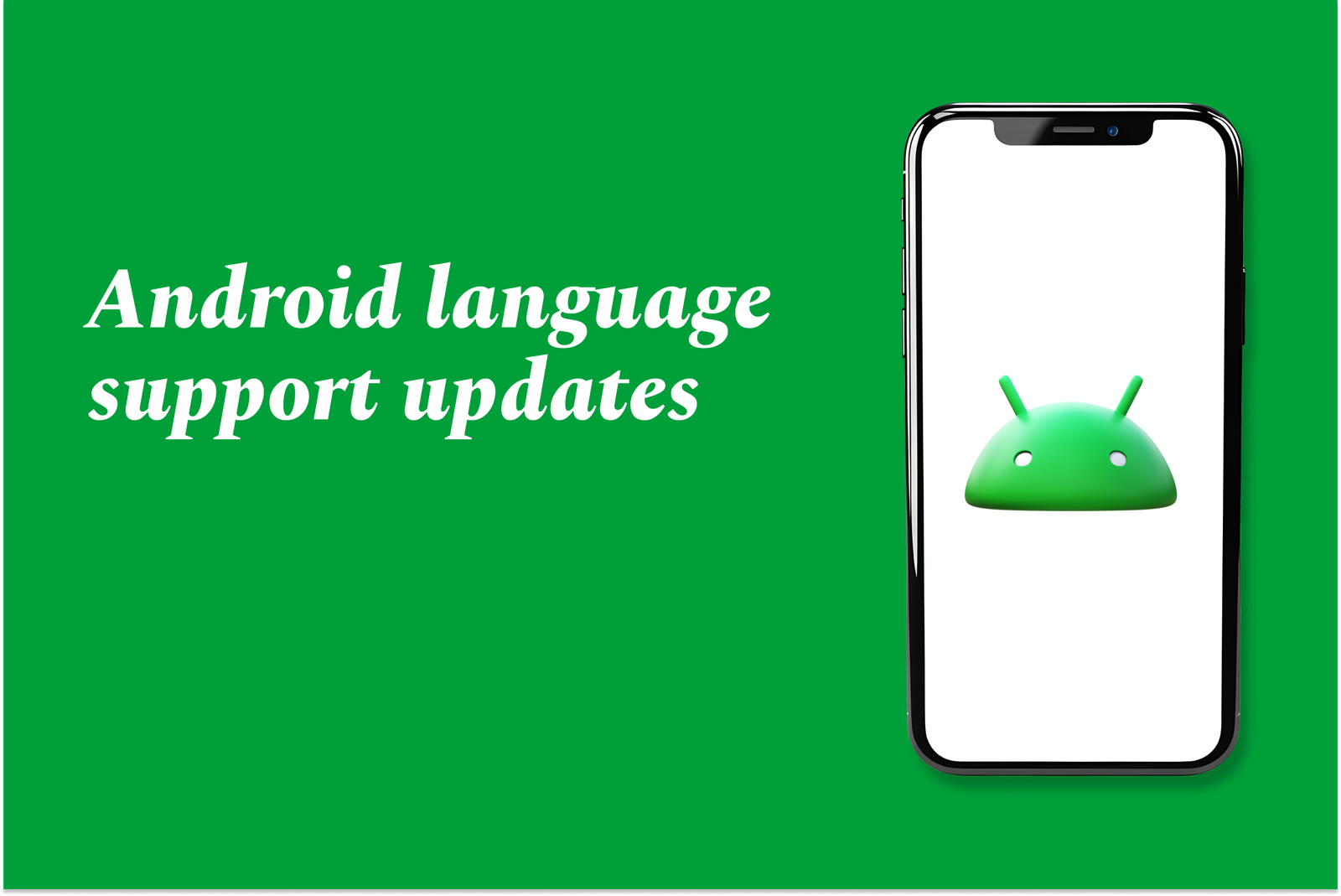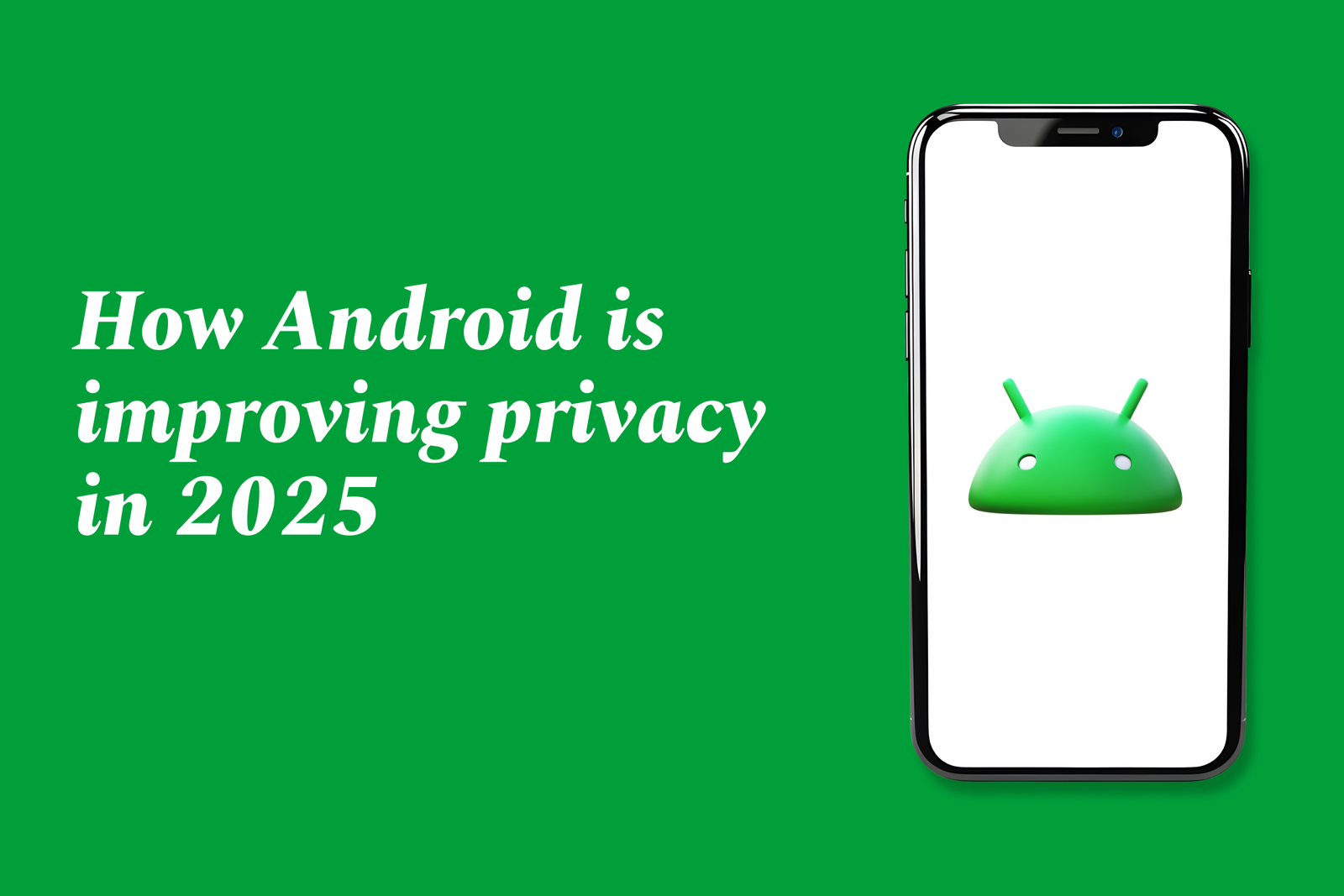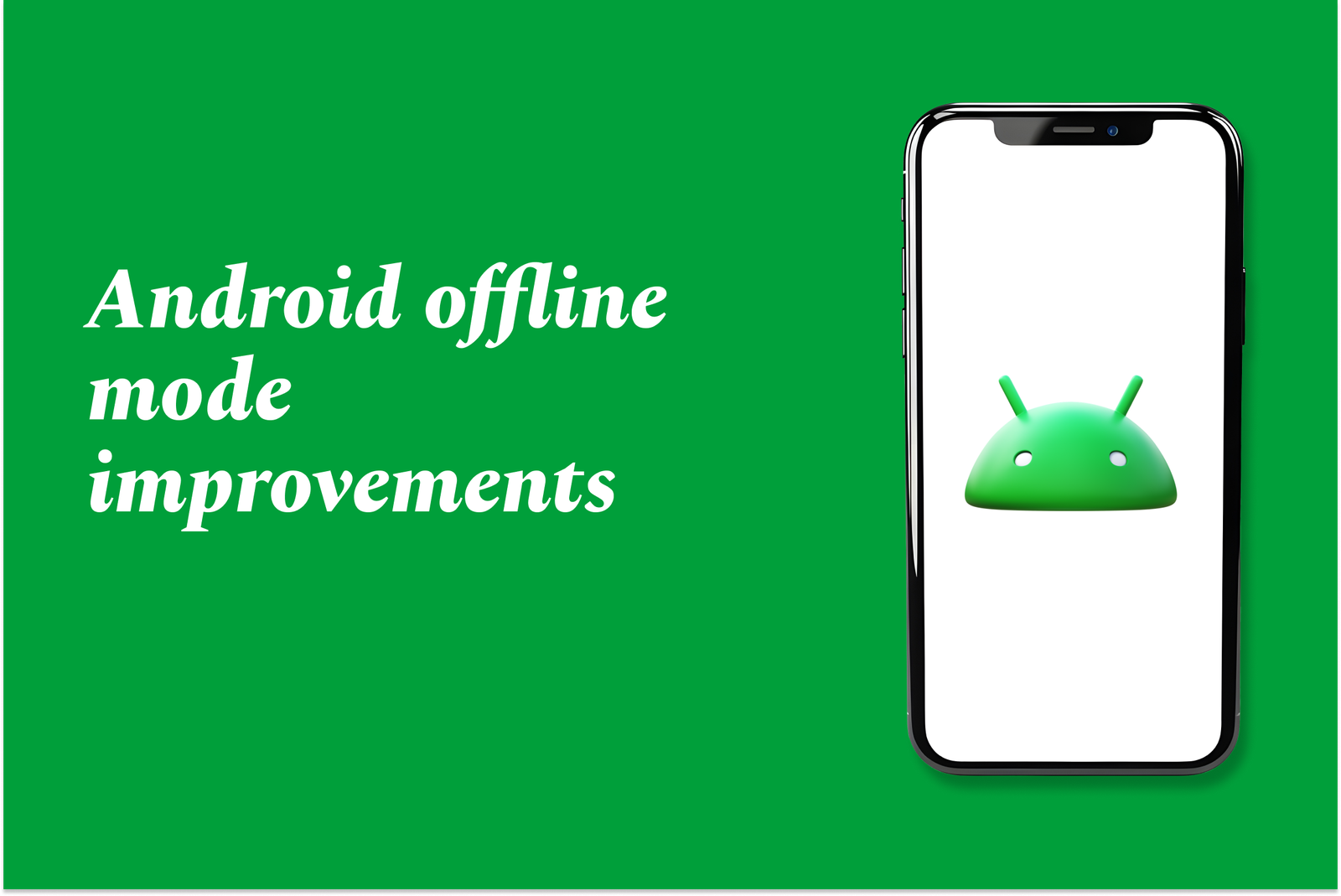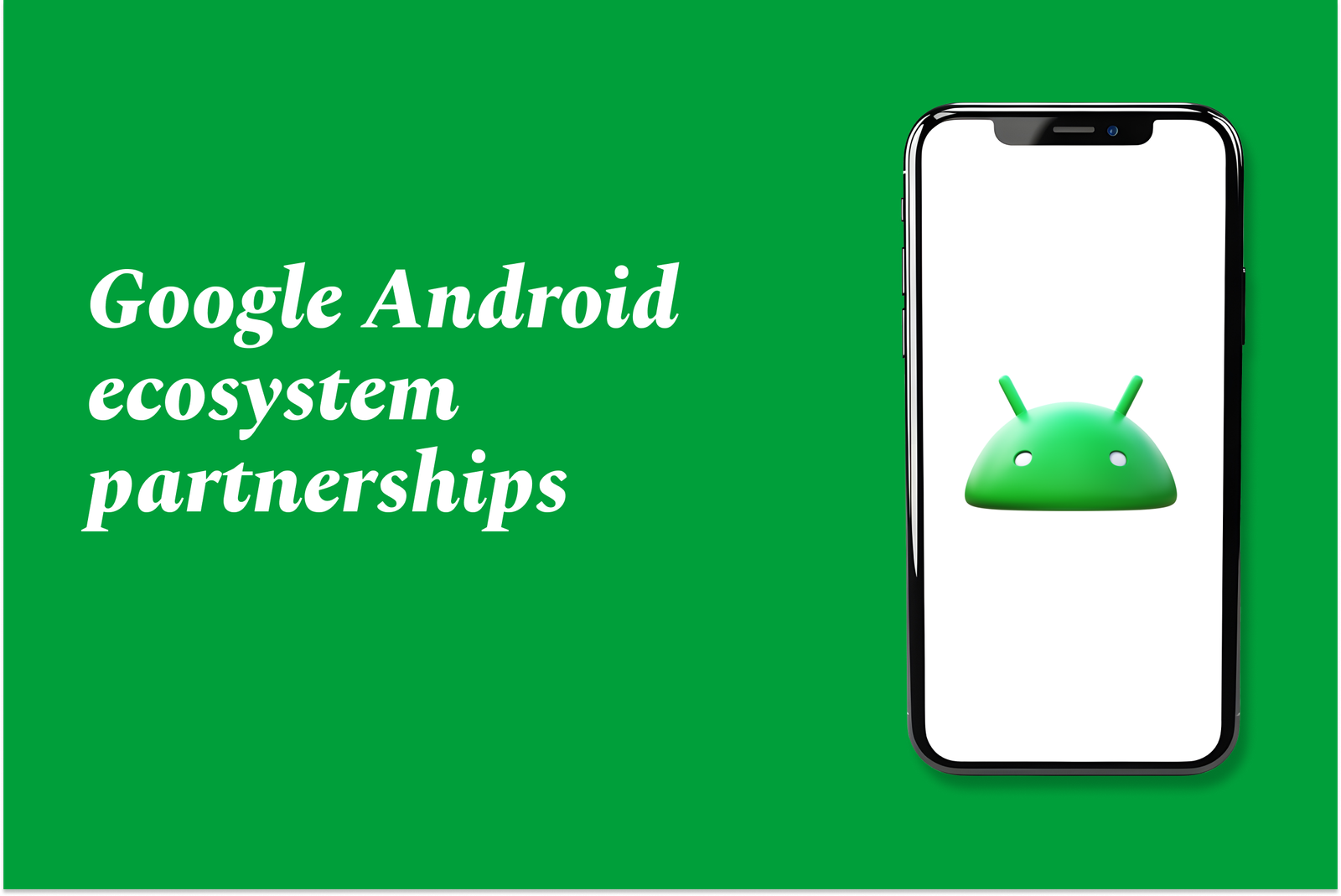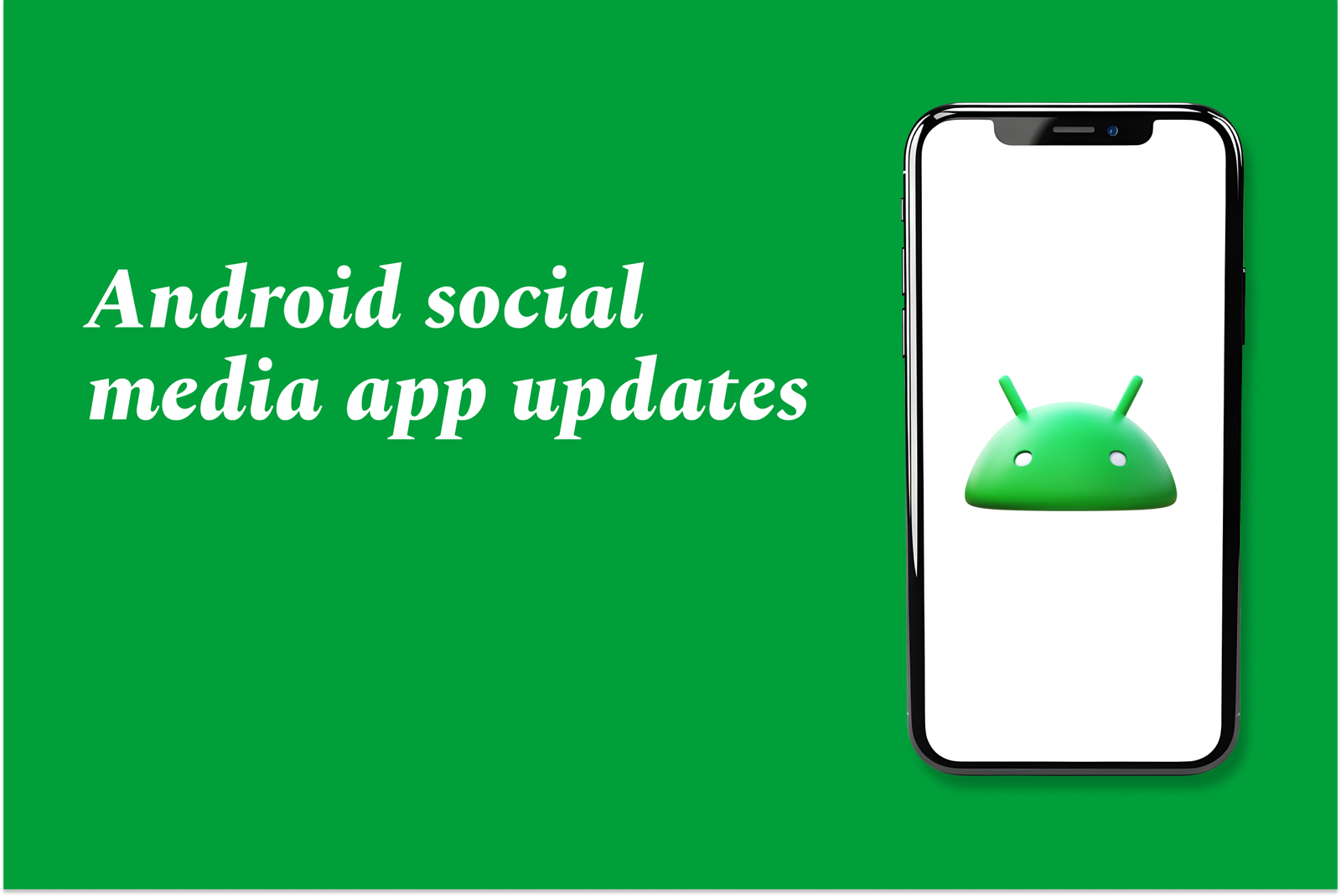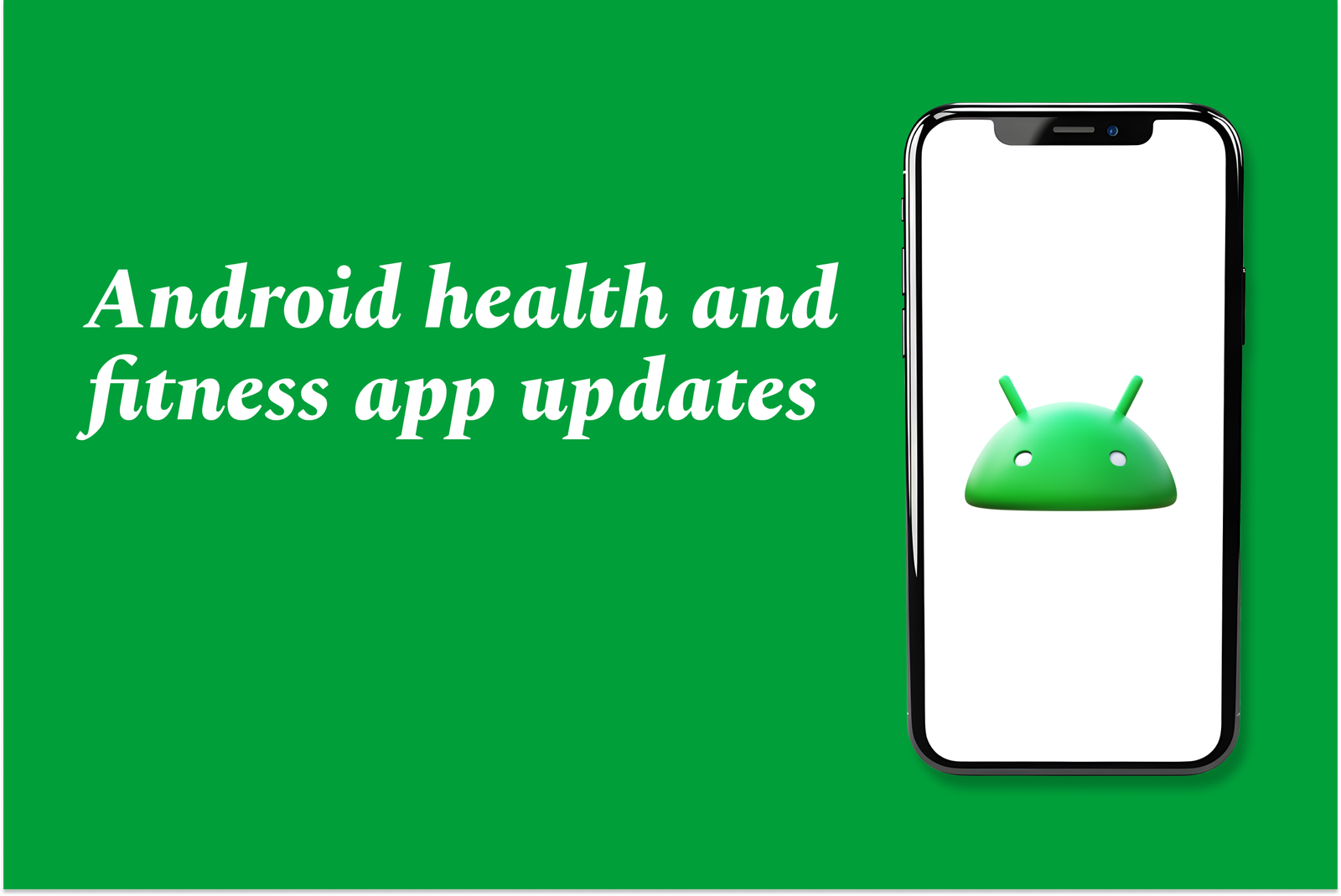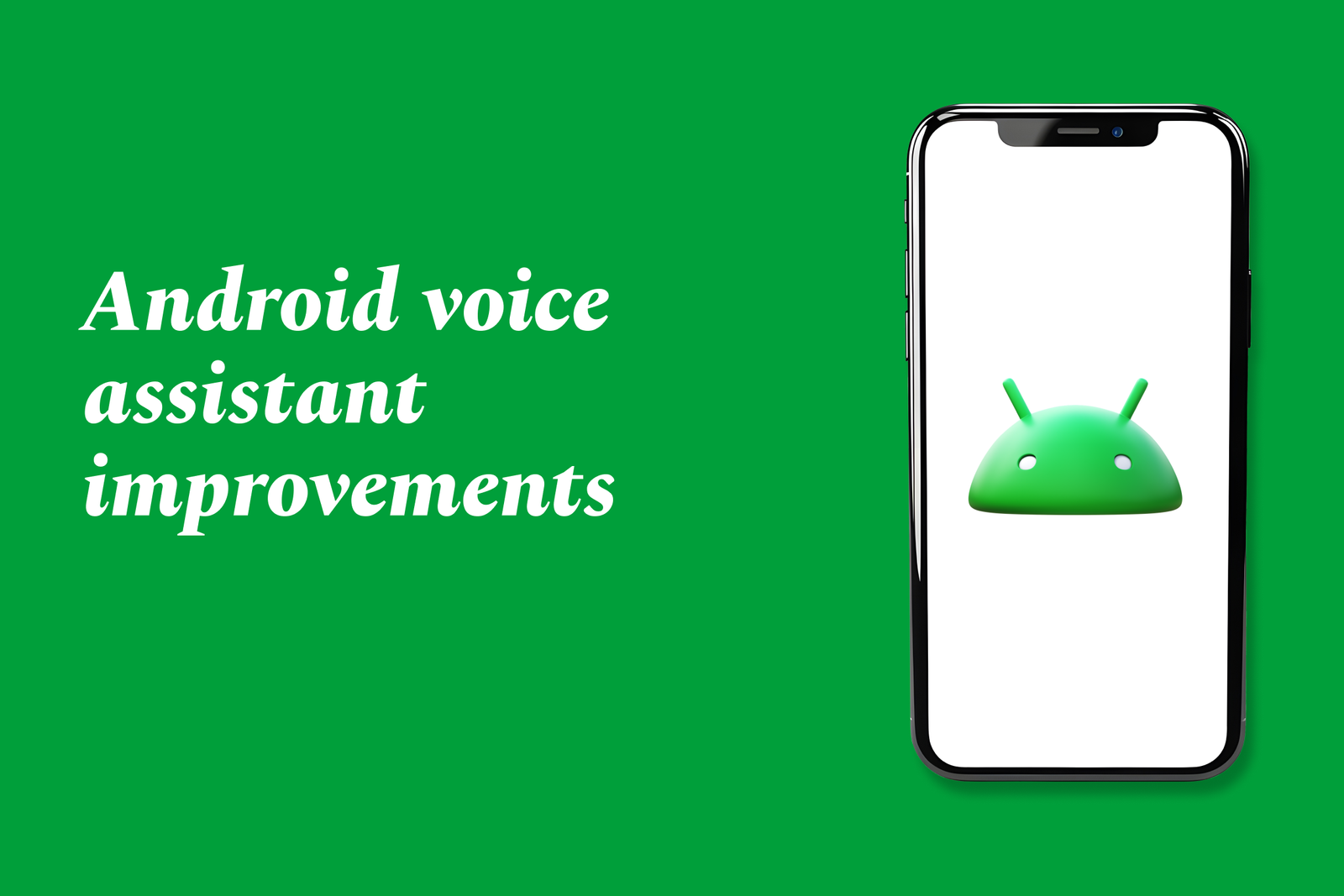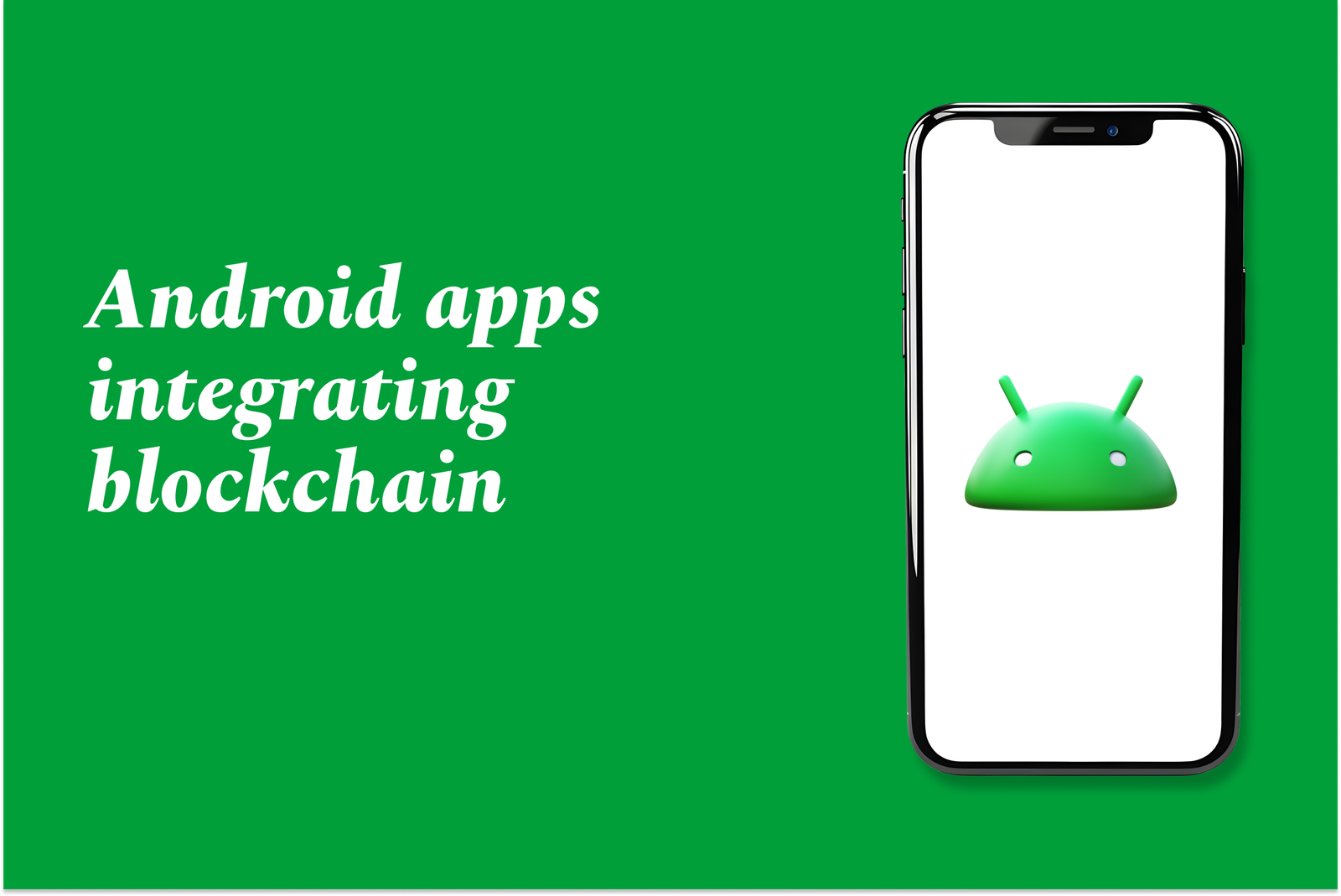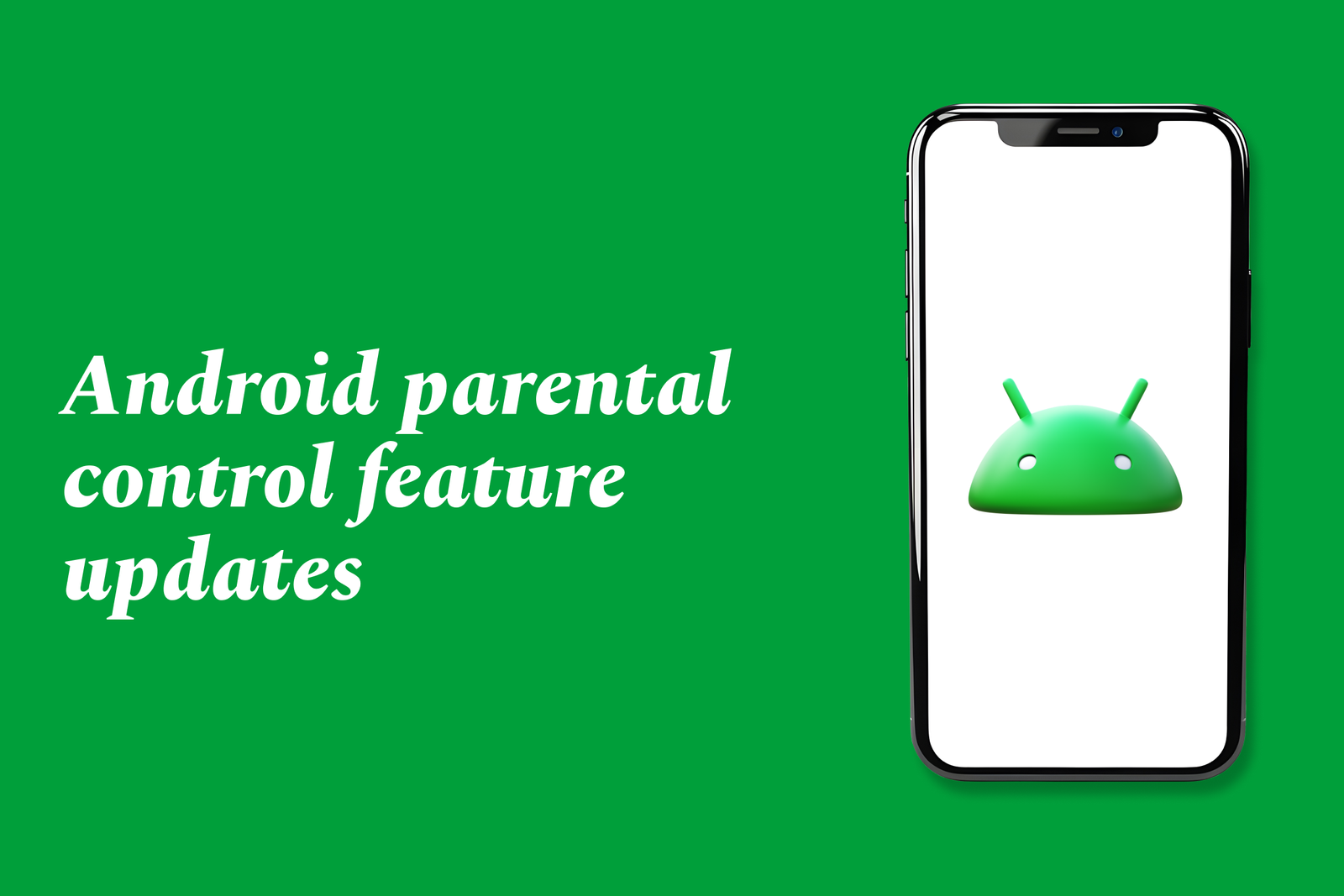Government Apps Built Using Flutter
Government apps built using Flutter leverage this cross-platform framework to create efficient, accessible, and user-friendly mobile solutions. Flutter enables rapid development and consistent performance across iOS and Android, helping governments deliver services effectively to diverse populations.
Government apps built using Flutter
1 ) Growing Adoption of Flutter in Government Apps
Flutter, a cross platform framework developed by Google, is increasingly adopted by government agencies worldwide.
It offers a cost effective solution to build apps that run smoothly on multiple platforms such as iOS and Android from a single codebase.
Governments benefit from faster development cycles and easier maintenance.
2 ) Focus on Accessibility and Compliance
Governments emphasize accessibility compliance, adhering to standards like WCAG 2.1 A + AA, mandatory for public sector digital services.
Flutter’s capabilities enable developers to integrate accessibility features such as scalable text, voice over support, and color contrast optimizations.
Many government apps built in Flutter aim to serve diverse populations, including individuals with disabilities and color blindness.
3 ) Examples of Government Flutter Apps
The Municipality of Ridderkerk in the Netherlands launched a Flutter app providing essential neighborhood information and integrating public APIs.
Other municipalities and government organizations leverage Flutter to deliver accessible, user friendly native apps that consolidate important information and services.
4 ) Benefits Observed in Government Use
Flutter enables rapid prototyping and deployment of apps critical for public communication and services.
The framework supports integration with native accessibility tools on both Android and iOS, enhancing user experience.
Designing for accessibility improves usability for all users, not just those with disabilities.
5 ) Challenges and Learnings
Some app features, such as interactive maps, require special attention to accessibility and may need alternative solutions.
Continuous research and user testing are necessary to meet accessibility laws and guidelines effectively.
Collaborative efforts within government projects highlight the importance of inclusive design principles from project inception.
Conclusion
Flutter stands out as a robust cross platform framework that meets government requirements for accessibility, efficiency, and user engagement, making it a popular choice for developing modern government applications.
https://justacademy.in/news-detail/flutter-roadmap-beyond-2025
https://justacademy.in/news-detail/flutter-vs-ionic-2025-performance
https://justacademy.in/news-detail/flutter-test-lab-new-features
https://justacademy.in/news-detail/ai-in-flutter:-smarter-ux-and-features
https://justacademy.in/news-detail/flutter-automated-testing-tools-2025
Related Posts
Android language support updates enhance the platform by enabling modern Java 8 features like lambdas and method references within Android Studio, improving code efficiency and developer experience without needing the Jack compiler, streamlining app development and build processes.
In 2025, Android enhances privacy with stricter app permissions, improved data encryption, and advanced APIs that give users greater control over their data. System updates focus on secure media handling and transparent, developer-friendly tools to protect personal information seamlessly.
Android offline mode improvements enhance app usability by allowing users to access content and features without an internet connection. These updates enable pre-downloading data, reduce dependency on continuous connectivity, and improve user experience during travel or in low-network areas.
Google Android ecosystem partnerships unite device makers, developers, carriers, and enterprises to build a flexible, secure platform powering billions of devices worldwide. These collaborations drive innovation, expand app access, and enhance user experiences across diverse Android-powered products.
Android social media app updates enhance user experience with improved features like real-time notifications, AI-driven content discovery, expanded communities, and better multimedia support. These updates ensure smoother interactions, faster info sharing, and more personalized social networking on mobile devices.
Android health and fitness app updates focus on improved data sharing, personalized coaching, and enhanced tracking across devices. Key apps like Health Connect, Samsung Health, and Google Fit offer better privacy controls, seamless integration, and support for diverse wellness goals.
Android's multi-user feature lets multiple people have separate profiles on one device, keeping data and apps separate. Recent updates improve user switching, address bugs like Wallet issues, and optimize performance by suspending inactive profiles for smoother multitasking.
Android voice assistant improvements enhance hands-free control by integrating smarter, more natural voice commands in Android Auto and CarPlay. Upgrades include better music navigation, AI-powered icon recognition for accessibility, and solutions for seamless connectivity, boosting safety and usability.
Android apps integrating blockchain leverage decentralized technology to enhance security, transparency, and trust in transactions and data management. These apps enable secure payments, identity verification, and supply chain tracking, revolutionizing mobile experiences across industries.
Android parental control updates enhance child safety by offering real-time monitoring, app notifications sync, screen time limits, app blocking, precise GPS tracking, and location alerts, enabling parents to manage and protect their children's device usage more effectively and securely.
